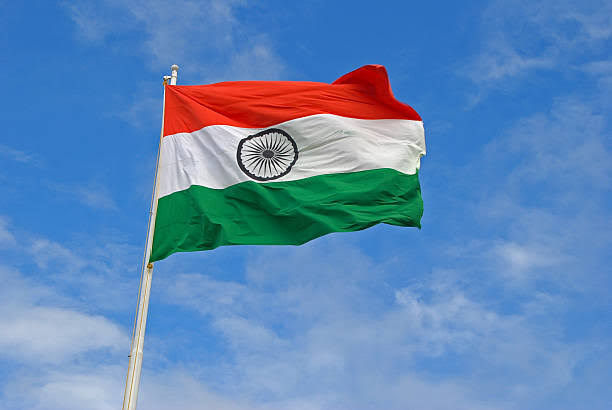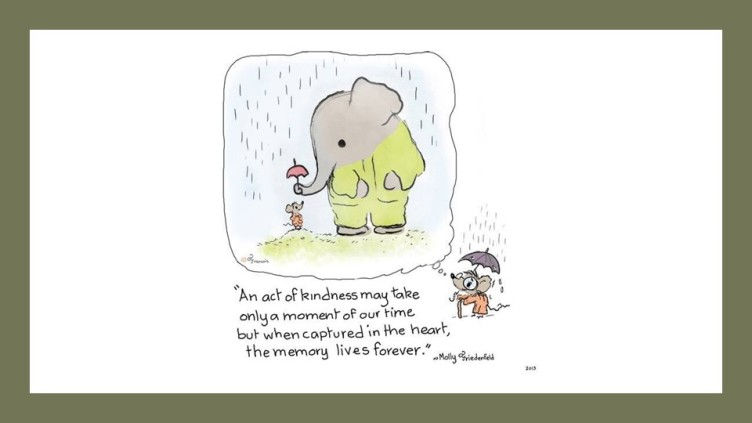Beyond Freedom - The Pain, the Betrayal, and the Truth
- Aditi Patwardhan
- Aug 15
- 5 min read
Updated: Aug 21
Every year on 15th August, the Indian sky fills with celebrations and the anthem’s pride swells in our hearts. Yet, beneath this joy lies an aching silence - the untold stories of those who gave everything, whose pain and sacrifice are too often forgotten or overshadowed.

We are taught to garland a few familiar names - Gandhi, Nehru - but what about the men and women who rotted in dark cells, choked on prison air, heard the noose tighten around their necks, and died thinking of the India that would never remember them?
The first true spark of rebellion came in 1857, when heroes like Mangal Pandey, Rani Lakshmibai, and Tatya Tope rose amid fire and blood, only to be slaughtered. Their revolt lives on in every whispered story of resistance.
In 1929, when Batukeshwar Dutt stood beside Bhagat Singh in the Central Legislative Assembly, throwing a bomb not to kill, but to awaken, he believed history would one day remember. “It takes a loud voice to make the deaf hear,” they said.
The British gave him a lifetime of hell in the Andaman’s dreaded Cellular Jail. In free India, when he died sick and penniless in 1965, the state barely glanced his way. The tricolour he fought for did not even touch his coffin.
Khudiram Bose. Just 18 years old. Laughing on his way to the gallows in 1908, after his brave attempt to assassinate British magistrate Kingsford. Can you imagine? A boy with the world ahead of him, choosing instead to embrace death - for a motherland that would, decades later, relegate him to a textbook paragraph!
In 1907 Stuttgart, miles away from home, Bhikaji Cama raised the first flag of India before the world. “This is my nation’s flag!” she declared, her voice trembling with defiance. She lived in exile, hunted, sick, and alone - dying in 1936 without ever seeing the land whose freedom she had proclaimed. The modern India she dreamt of… still does not speak her name.
“Swaraj is my birthright, and I shall have it.”
Lokmanya Bal Gangadhar Tilak’s words were not a slogan - they were fire. He faced the British courts and prisons over and over, his health wrecked by hardship, his family life gone for a toss. Yet his roar turned ordinary people into rebels. If we have the courage today to demand our rights, it is because Tilak first taught India how!
Vinayak Damodar Savarkar’s journey was carved in relentless torment and unwavering defiance. Losing his father as a child to plague bred resilience; founding the Abhinav Bharat Society birthed rebellion; his time in London’s India House saw him inspire revolutionaries and clash ideologically with Gandhi; and his thesis reframed 1857 as our true War of Independence. Arrested, he fought escape attempts, only to be chained in the dark, brutal gallows of Cellular Jail in the Andaman’s. There, his body broken, spirit unyielded, he carved poems with fingernails on walls, dreaming of a united India - Akhand Bharat. Yet, even after freedom, he was jailed again by those in power - forgotten and suspected in his own land.
Throughout, young comrades were hanged, their deaths a silence too heavy to bear.
Chandrashekhar Azad, defiant to the last breath, swore never to be captured alive and fulfilled that vow with a bullet in his own head. He was the fierce heart of a revolution that refused to bow, carrying the flame of youth that refused surrender. His rallying cry still echoes: “If yet your blood does not rage, then it is water that flows in your veins.”
Subhash Chandra Bose, the indomitable Netaji, rejected mere transfers of power, instead demanding complete independence. He raised the Indian National Army, fighting with armies abroad, his voice calling out for freedom from every jail cell to every forest hideout… Not just a politician, but a soldier who challenged the very idea that India’s liberation would come softly.
Rashbehari Bose, the master organiser and mentor, shaped countless revolutionary plans and inspired future icons. He remained a shadow guardian, tirelessly orchestrating armed resistance while eluding capture, his resolve quietly relentless.
These warriors fought in shadowed alleys and bloodied streets, not for medals or glory, but for the sacred gift of freedom. Their pain and sacrifice form the true foundation beneath our tricolour.
To speak of independence without speaking of Partition is to tell a lie.
When the British left, they split India along religious lines - and the blood immediately followed. In Punjab and Bengal, millions of Hindus and Sikhs were systematically massacred. Entire towns went up in flames. Trains crawled into stations filled only with corpses. Women were raped in the tens of thousands - pregnant bellies slit open, infants slain before their mothers’ eyes. Temples and gurdwaras burned. The screams still live in the soil.
Contrary to the romantic myth often told, Muslims had not been living in deep harmony with Hindus and Sikhs before these events. There were occasional pockets of coexistence, yes, but these were overshadowed by centuries of political, social, and religious conflict, intensified by Mughal persecution of non-Muslims, Sikh resistance and martyrdom, and later by divisive British policies. By the 20th century, deep distrust ran through the land, and the push for Pakistan only deepened the fracture.
Amid this nightmare rose Gopal Mukherjee, better known as Gopal Patha, a fearless figure. In the 1946 massacre of Bengalis in Kolkata and the violence that followed, he rallied Hindu youth into a self-defence force. He offered shelter to Hindu refugees, armed the defenceless, and organised resistance against the Muslim League mobs that sought to swallow Bengal into Pakistan. Despite Gandhi’s pleas for him to lay down arms, Gopal Patha refused - because, to him, telling his people to “not retaliate” while they were being slaughtered was no morality at all.
And here lies a bitter truth - when Hindus and Sikhs were being hacked to death, abducted, and driven from their homes, Mahatma Gandhi’s empathy did not ring as loudly for them as it did for Muslim victims elsewhere. He urged non-violence even in the face of rape, butchery, and genocide, telling the persecuted to “win over the hearts of the attackers.” To many survivors, this was not moral leadership - it was abandonment and betrayal of the worst kind.
Why Does This Hurt So Much? Because as we enjoy our long weekend, watch cultural shows, or shop in Independence Day sales, somewhere deep inside, the voices of these revolutionaries ask: Do you even remember us?
If we could feel their broken bones, their last breath, their prison cries, if we could stand before their gallows or sit in their cells for just one night, we would not celebrate with only music and lights. We would weep.
And maybe, just maybe, we would live differently.
When you hoist the tricolour this Independence Day, do it with a bowed head. Mourn the millions who died unarmed, honour the revolutionaries who fought, and remember those who resisted when even the leaders turned their eyes away.
And promise - by your memory, by your conscience - that their suffering will never be erased from the truth of India’s freedom.
Jai Hind! Bharat Mata ki Jai! Akhand Bharat Amar Rahe! 🇮🇳







MK Gandhi was a loyalist and a stooge. It's a well written article. Jai Hind 🇮🇳